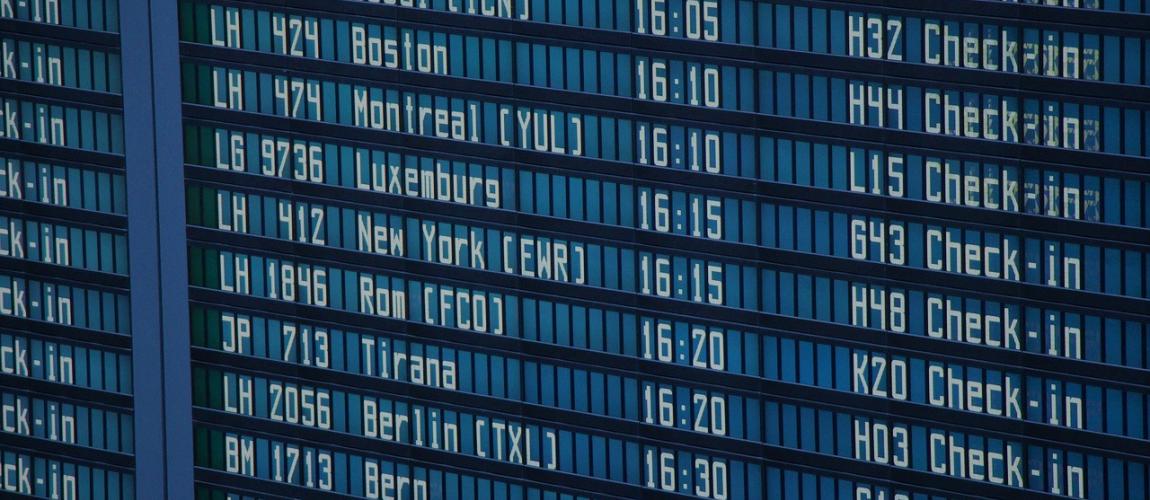Risk Matrix for Airports

Photo Credit: Image by Pixabay
Checklist of issues to consider when preparing or reviewing sector-specific asset recycling guidelines for airport sector as well as key variables to monitor on climate risks and impacts.
* Based on "WB (2016) - Emerging Trends in Mainstreaming Climate Resilience in Large Scale, Multi-sector Infrastructure PPPs and based on “ACI Resolution 3/2018 on resilience and adaptation to climate change” and based on “Sydney Airport 2021 Response to the Task Force on Climate-related Financial Disclosures” Runway Pavement cracking / potholes (runway area affected) Wildfires Events in 100km surrounding area (# of events) Maximum temperature and deviation vs. average monthly max temperature (in °C) Sea level rise (in meters) Flooding (airport area affected) Intense precipitation events (in milimetres) Wind speed (in km/hour) Sample risk matrix – Airports
Risk
Description
Public
Private
Shared
Mitigation
Discriminatory or project specific change in law
Change in project-specific law or regulation such as fee and charges setting
x
Mediation, negotiation; political risk insurance;
Key variables to monitor on climate risks and its impacts, for airport assets:
The Guidelines have not been prepared with any specific transaction in mind and are meant to serve only as general guidance. It is therefore critical that the Guidelines be reviewed and adapted for specific transactions To find more, visit the Guidelines to Implementing Asset Recycling Transactions Section Overview and Content Outline, or Download the Full Report.
Updated:
TABLE OF CONTENTS
I. GUIDELINES FOR IMPLEMENTING ASSET RECYCLING
• TOR for Transaction Advisors for Airport Development
7. Bundling and Unbundling Criteria
8. Climate Finance in Asset Recycling
9. Islamic Finance and Asset Recycling
• Introduction: Islamic Finance in Asset Recycling
• Key Considerations of Islamic Finance in Assets Recycling
• Overview of Assets Recycling Through Islamic Finance
• Assets Recycling Process in Islamic Finance
• Case Studies on Islamic Finance for Asset Recycling
• Way Forward for Countries to Tap Into Asset Recycling Through Islamic Finance
Related Content
Additional Resources
Public-Private Partnerships in Airports
Type of ResourceChecklists and Risk Matrices
Allocating Risks in PPP Contracts